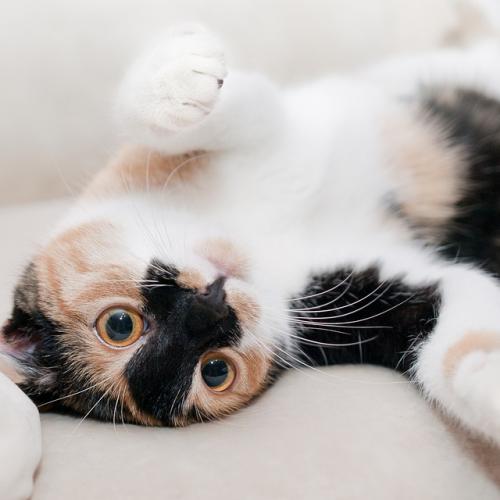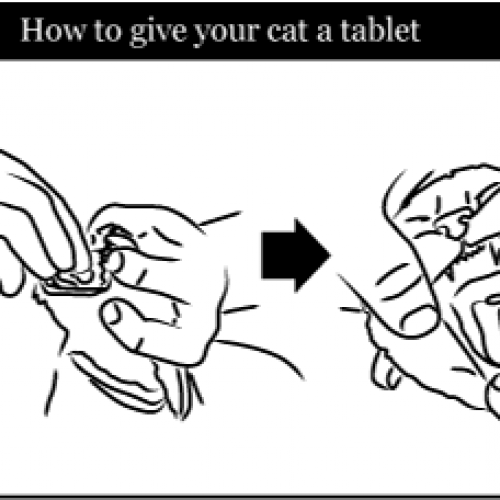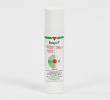
How do I give my cat a tablet?
Back to overviewWe understand that not all pets are particularly cooperative when it comes to taking their medication; hopefully this guide will give you some tips to make the job easier.
Cats are renowned for their skill at avoiding taking tablets, and getting them to take the tablet is something many owners understandably struggle with. We have all found a soggy tablet that has been spat out on the carpet somewhere at one time or another, having been convinced that our cat had swallowed it! Here is a handy guide to tableting your cat:
• With your cat close to your body, ensuring they cannot back away, hold the angle of the jaw with the one hand.
• Then tip the head back gently and hold the tablet with the thumb and first finger of the other hand.
• Open the mouth by putting pressure on the lower jaw with your middle finger and place the tablet in the mouth with your first finger as far back as possible.
• Allow the mouth to close and encourage the cat to swallow, often stroking under the chin will help.
• It is advisable to give a small amount of water by syringe, or a small amount of food afterwards to ensure the tablet does not lodge on the way down to the stomach.

Sometimes it is easier with two people if your cat is very wriggly. You can also buy plastic tablet-givers to assist you – they may help if your cat is likely to bite your fingers. If you really struggle, speak to your vet as they may give you an alternative form of medication, or you may be able to take your cat into the surgery for a nurse to give the tablet.
We hope that these general guides will help you but remember to always follow any specific instructions given by your vet as not all medications are the same. They may also tell you that you need to wear gloves to administer certain medications. If you are unsure always check with them as they won’t mind and would rather that you did it correctly.
Tips & Tricks
- Easter is a wonderful time of year with so many chocolate Easter eggs in abundance, but make sure you do not let your pet near them.
- With Brexit deal still in negotiation and a possibility of a ‘no deal’ scenario, there are no concrete answers just yet – but to help you become more informed, here is our Q&A on what we can find so far.
- Build-up of wax and debris in your pet's ear canals can lead to discomfort and irritation. Cleaning your pet’s ears can have a lot of benefits and here are some tips to get you started!
- We had a great time catching up with Mariann Bayliss, our sponsored agility handler last week. We met her competing dog, Ila, and her 5 month old puppy Coral.







